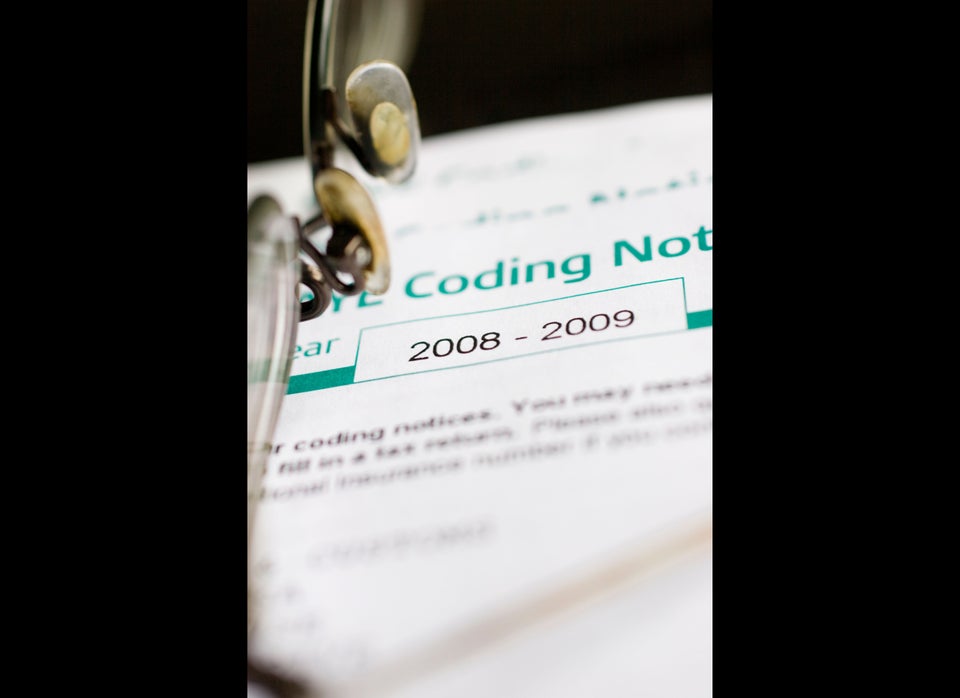
The College Student Rebate Act, introduced last week by Reps. George Miller (D-Calif.) and John Tierney (D-Mass.), would require colleges that spend less than 80 percent of their revenue on educational expenses to provide students, taxpayers or both with financial rebates.
Miller and Tierney are taking an idea from the 2010 health care reform law and applying it to for-profit colleges with their bill. A provision in the Affordable Care Act, which Tierney helped craft, stipulates that 80 percent of health insurance premiums must go towards actual medical care and not to things like bonuses or executive pay. This is often cited simply as the "80/20" rule.
The rebates would be issued to students and the federal government, based on the extent to which the institution's spending on lobbying and advertising exceeds the 20 percent cap.
Currently for-profits have a "90/10" rule, which sets the limit of federal aid that an institution can receive at 90 percent of annual revenue. Yet for-profit colleges still collected $32 billion in Pell Grants, federal student loans and other government student aid in 2009-10, according to a July 2012 report from the Senate Health, Education, Labor and Pensions Committee. There's also a loophole for veterans benefits such as the GI Bill, which 21 attorneys general have been pressing Congress to close.
The large amount of for-profits' revenue coming straight from the federal government "raises a question very similar to health care," said Miller, the ranking Democrat on the House Education & Workforce Committee, in an interview with The Huffington Post.
"You have great concern across the country ... about the cost of a college education," Miller said, adding, "We've got to now start looking at the cost of that delivery system."
The cost to attend college is growing twice as fast as health care costs, and the average two-year associate's degree at a for-profit costs more than five times as much as the same degree from a community college. Meanwhile, the median debt for students at for-profits is $32,700, while it's closer to $20,000 for graduates of public universities.
Many students at for-profit schools also heavily rely on financial aid programs for low-income families, such as the Pell Grant and subsidized federal student loans. In the 2009-10, for-profits collected $7.5 billion in Pell Grants alone, while nonprofit private colleges took only $3.9 billion, according to the U.S. Department of Education.
Miller argues these for-profit schools typically provide "the highest tuition to the poorest students they serve."
Miller's bill is already getting some pushback from the schools.
The head of Association of Private Sector Colleges and Universities, a for-profit industry trade group, calls the legislation a "fundamental misunderstanding" of their sector. APSCU President and CEO Steve Gunderson told HuffPost it's critical for them to invest in marketing and recruiting.
"[U]nlike traditional colleges and universities, we serve a wide-ranging student demographic who do not get their information from guidance counselors and college advisors," Gunderson said. "Instead, we need to reach them where they are, and that means utilizing more traditional means of marketing and advertising so that working men and women can learn about the educational opportunities we offer."
For-profits have spent nearly $40 million on lobbying since 2007 -- another type of spending that the College Student Rebate Act would include as part of the 20 percent limit of annual revenue.
For-profits currently spend less than 20 percent on instruction, according to the July Senate HELP committee report. Among 30 companies studied, only 17.7 percent of their revenue went toward instruction, while 22.4 percent went to marketing and recruiting, and 19.4 percent was profit.
"There are far too many instances of for-profit college companies spending much more on marketing and advertising than on student instruction," said Kate Tromble, director of legislative affairs at The Education Trust, a student advocacy group.
Rep. Miller conceded "this Congress is history," but said he intends to continue to push this bill in the next session.
Tromble called the bill an "important step" that "sends the message that federal money is given to schools to help fund the education of students, not to line shareholder's pockets."
Click through the slideshow below to see how much for-profits have spent each year on lobbying:

